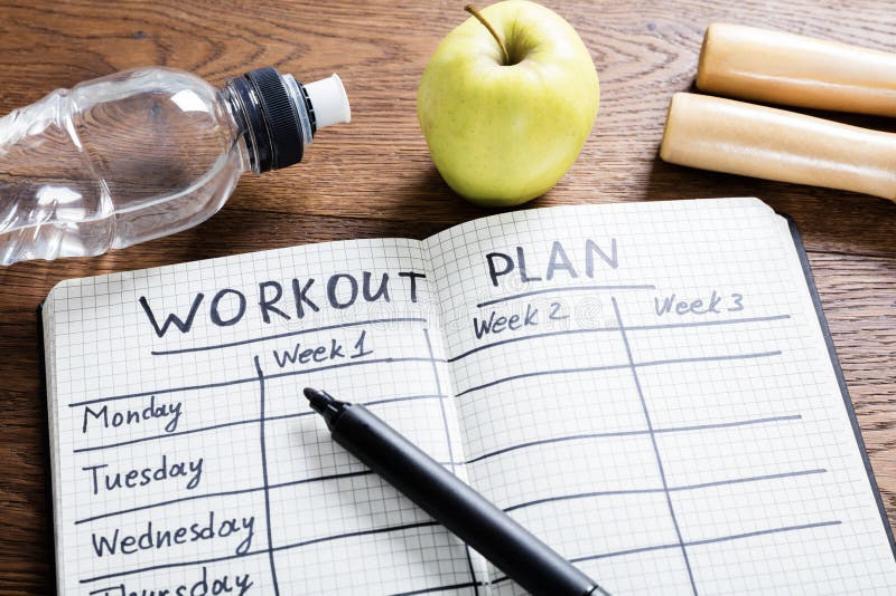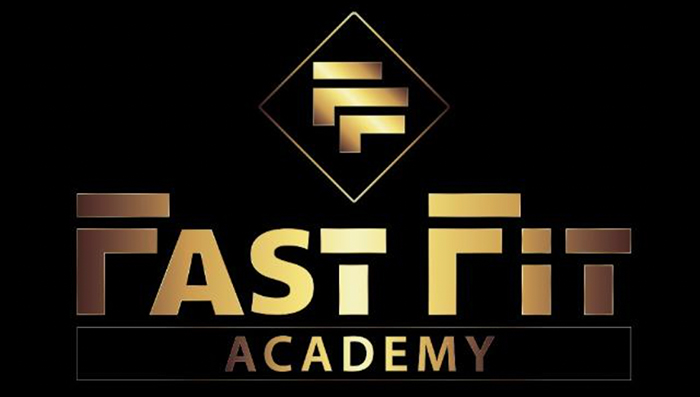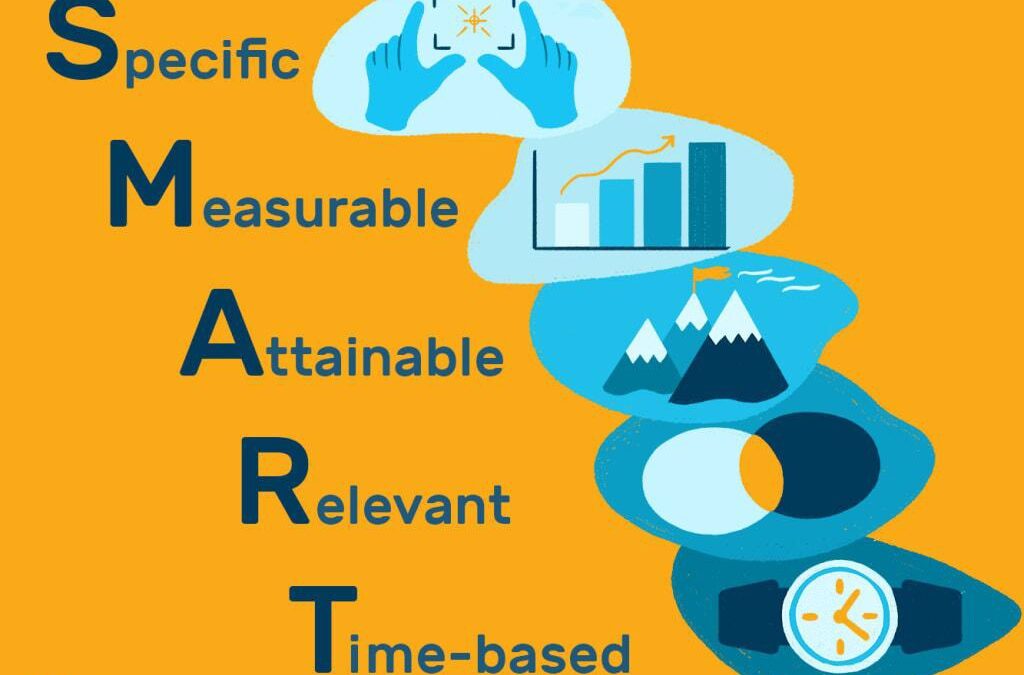Effective workout plans are the backbone of a successful fitness journey. Whether your goal is to build muscle, lose weight, or enhance overall health, a well-structured workout plan is your roadmap to success. In this comprehensive guide, we’ll explore the fundamental principles of creating workout plans that not only help you achieve your fitness goals but also make your journey enjoyable and sustainable.
Setting Clear Fitness Goals
The very first step in crafting an effective workout plan is defining your fitness goals. Your objectives act as a guiding light, keeping you focused and motivated throughout your journey. However, not all goals are created equal.
To ensure your success, your fitness goals should be:
- Specific: Clearly state what you want to achieve. Instead of saying, “I want to get in shape,” specify, “I want to lose 10 pounds of body fat” or “I want to be able to do 20 push-ups.”
- Measurable: Make sure your goals are quantifiable. You should be able to track your progress objectively. For example, “I want to run a 5K race in under 25 minutes.”
- Achievable: Set realistic goals that are within your reach. Unrealistic objectives can lead to frustration and disappointment.
- Relevant: Ensure that your goals align with your overall fitness aspirations. Your goals should contribute to your long-term well-being.
- Time-Bound: Define a timeframe for achieving your goals. This adds a sense of urgency and helps you stay on track. For instance, “I will lose 10 pounds in the next three months.”
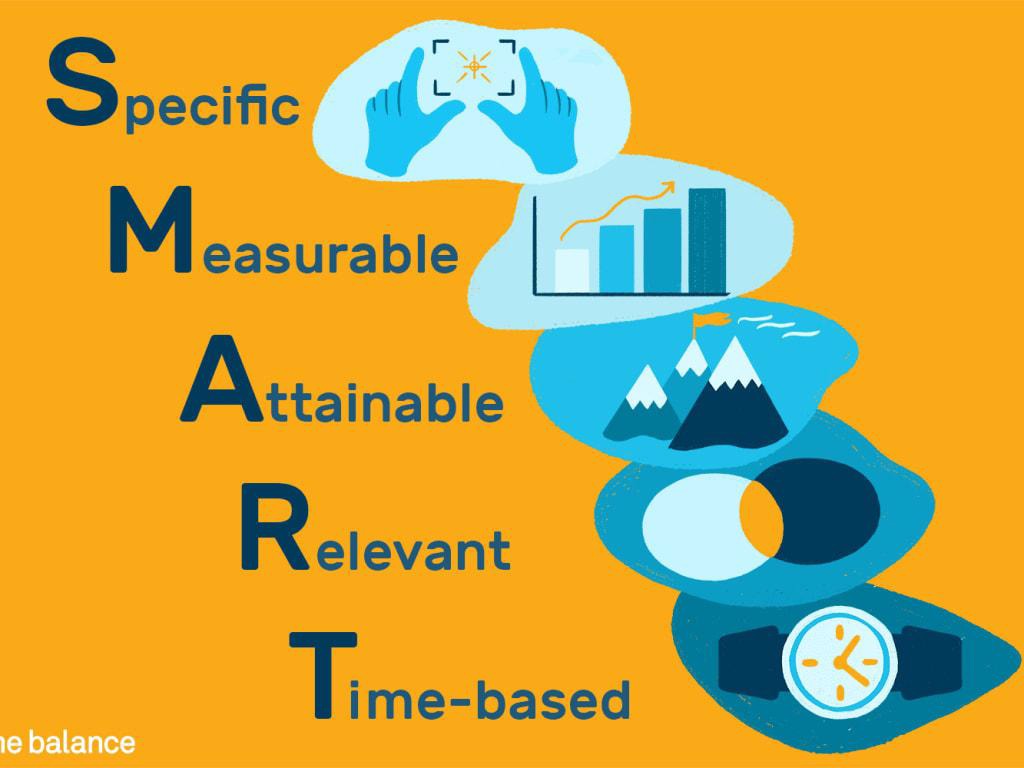
Components of a Balanced Workout
An effective workout plan consists of several key components, each serving a specific purpose in your fitness journey:
- Cardiovascular Exercises: Cardio workouts, such as running, cycling, and swimming, enhance your cardiovascular health, boost endurance, and aid in burning calories. They are vital for improving stamina and overall fitness.
- Strength Training: Strength training involves resistance exercises like weightlifting and bodyweight workouts. It helps build muscle, increase metabolism, and improve body composition. Strength training is crucial for achieving a toned and sculpted physique.
- Flexibility and Mobility Work: Stretching and mobility exercises enhance your range of motion, reduce the risk of injury, and alleviate muscle tension. Incorporating flexibility work into your plan ensures that your body remains agile and injury-free.
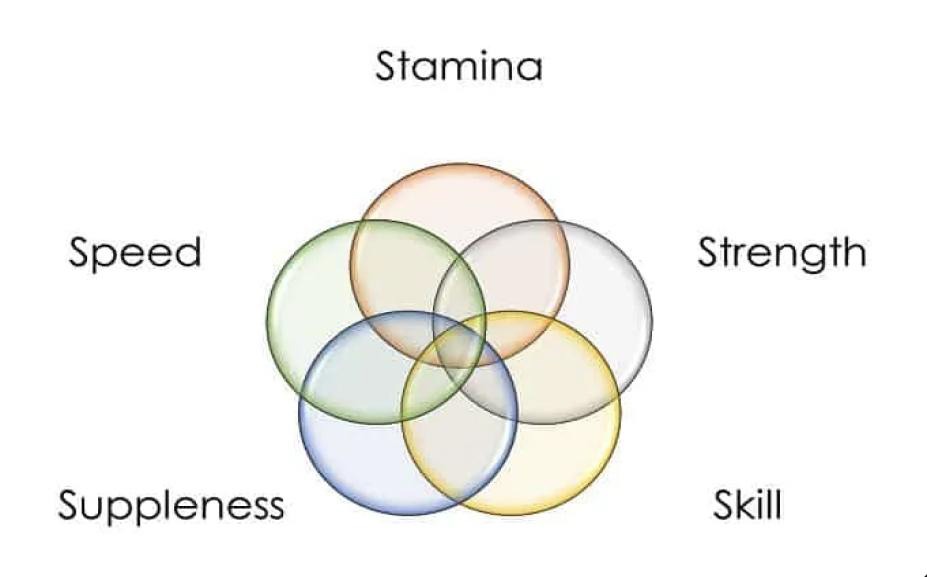
Crafting Personalized Plans
One size doesn’t fit all in the world of fitness. What works for one person may not work for another. Therefore, it’s essential to craft a workout plan that caters to your unique needs, preferences, and constraints. Here’s how to personalize your plan:
- Assess Your Current Fitness Level: Before diving into a plan, evaluate your current fitness level. Consider factors like your strength, endurance, and flexibility. This assessment will help you set realistic goals and choose suitable exercises.
- Consider Your Schedule: Design a plan that fits seamlessly into your daily routine. If you have limited time, opt for high-intensity, time-efficient workouts. Conversely, if you have more time available, you can include longer, diversified sessions.
- Choose Activities You Enjoy: The best workout plan is one you’ll stick to. Select activities and exercises that you genuinely enjoy. This will make your fitness journey more enjoyable and sustainable.
- Consult a Professional: If you’re unsure how to structure your plan, consider consulting a fitness professional or personal trainer. They can provide expert guidance and create a personalized plan tailored to your goals and needs.
Tracking Progress
Progress tracking is a critical aspect of any effective workout plan. It serves as both motivation and a tool for making necessary adjustments. Here are some methods for monitoring your fitness journey:
- Keep a Workout Journal: Maintain a detailed record of your workouts, including exercises, sets, reps, and weights used. This allows you to track your strength gains and identify areas for improvement.
- Use Fitness Apps and Wearables: Many apps and wearable devices can help you track your workouts, calories burned, and heart rate. They provide real-time data and insights into your progress.
- Regular Assessments: Periodically assess your fitness level by repeating the initial evaluation you performed when setting your goals. Comparing these assessments over time will reveal your progress.
- Celebrate Milestones: Celebrate your achievements along the way. Whether it’s running your first 5K or lifting a personal best weight, recognizing your milestones keeps you motivated.
